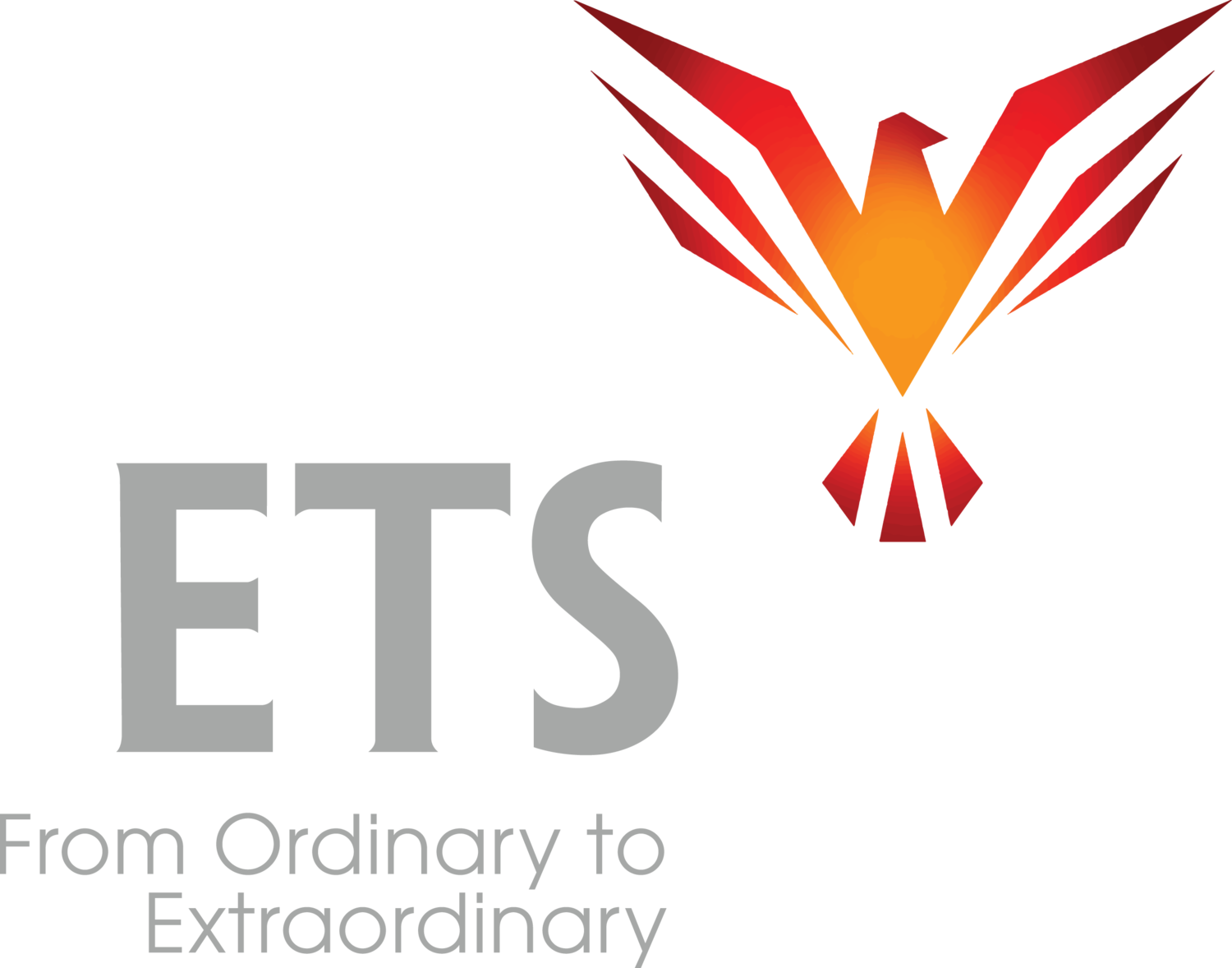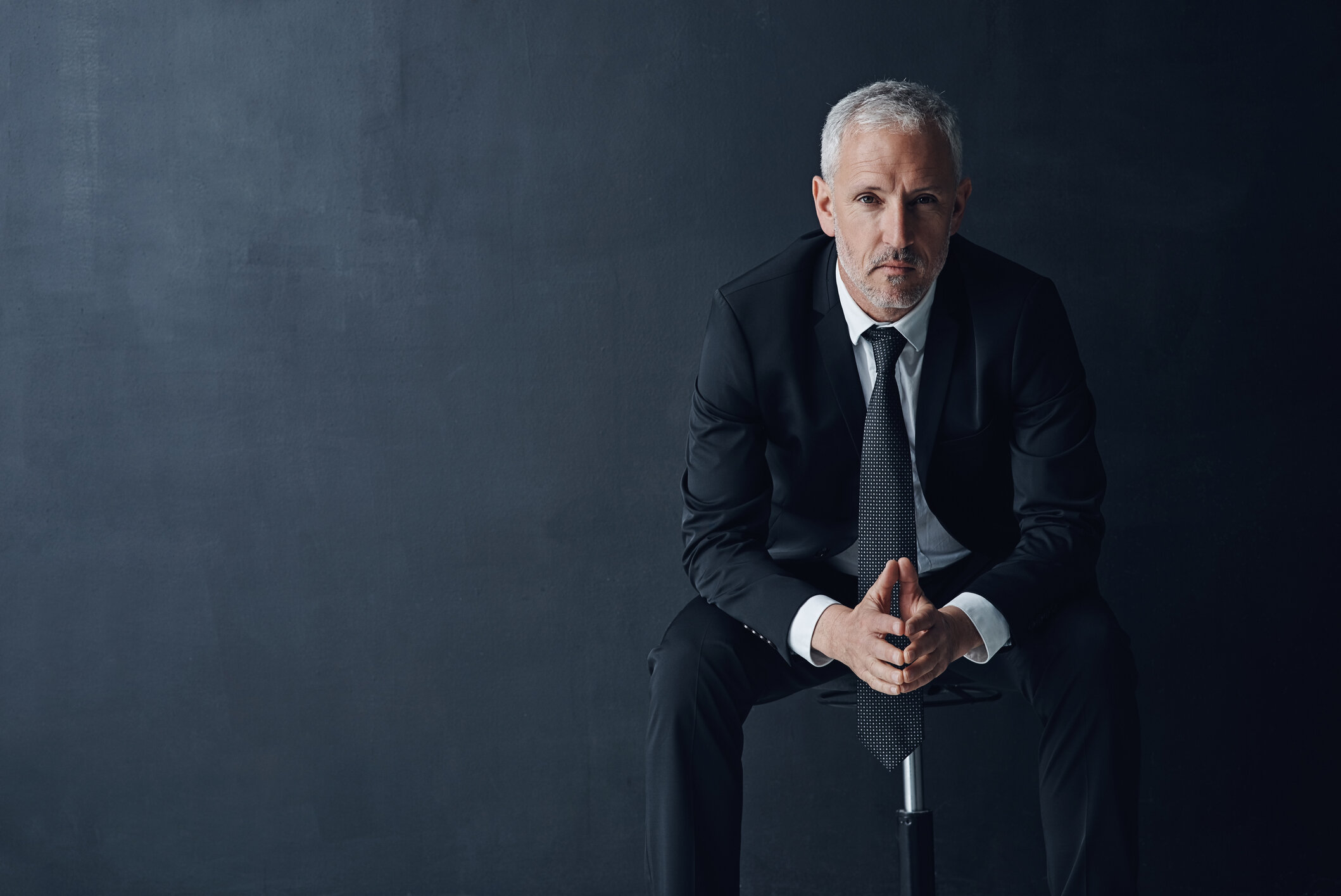He said it with a little laugh, but that didn’t make it any less true:
“I’m an engineer. We don’t have feelings.”
People from all over the world were attending my online training Mastering Virtual Presentations. Michael was in the UK.
I was coaching him as part of a demonstration on how to create rapport with your audience.
I wish I could say it was the first time I ever heard those words. I do a lot of work with technical leaders from many industries, and this phrase shows up frequently.
Where does it come from? People are not born with a special engineering/technical gene that’s also missing feelings.
If there’s one thing that human beings are born with, it’s feelings. And we are born with a lot of them!
And when we start life, we know what they are! A two-year-old has no uncertainty, doubts, confusion, or ambiguity. Whatever they’re feeling, it’s as clear as a sunny day. To them. And to you.
When we go to school we expect to be taught reading, writing and arithmetic. We don’t expect to be taught what to feel.
Yet there is an extremely powerful covert operation going on to teach us exactly that.
There’s a huge problem with this. We already know what we’re feeling, thank you very much! And that IS what we’re feeling!
Yet others determinedly decide to have a say in the matter. So we are incessantly rewarded and punished as a way of getting us to replace our actual emotions with synthetic substitutes. “You shouldn’t feel that way. You should feel this way.” “Don’t be so enthusiastic. Can’t you be calm about this?” “You’re not bored, you’re unmotivated.” (Forget that the teacher is as boring as watching the grass grow. That’s not her fault! It’s yours!) “You’re not in love. You’re infatuated.” “You need to learn to control your emotions.” “You should love math!” “How can you like him? He’s no good!” “But you’ve GOT to like Aunt Agatha! She’s your aunt!” “Stop having fun! You need to be serious, corporate and professional now!”
In other words, “Stop being so alive! Stop acting on your feelings! Stop feeling what you’re feeling, feel what I tell you to feel and, for heaven’s sake, sit still!”
We sit still, our feelings are suppressed and gradually “socially acceptable” ones take over.
We become afraid to publicly feel what we’re really feeling. So when we do get a strong feeling, we keep it private and only tell the very few people we trust.
I don’t imagine that Michael took a class when he was studying engineering called Appropriate Feelings for Engineers 101. But I’ve worked with many engineers, and by the time they graduate, a lot of them have a Ph.D. in how engineers are “supposed” to feel.
The problem is they’re not supposed to feel anything.
They’re only supposed to think and reason.
And now years later, in addition to being a technology genius, Michael wants to be a leader of people. He’s giving a presentation to a virtual audience and he wants to create rapport with them.
You see the problem?
Who wants a leader who doesn’t feel anything?
Amongst the many feelings that people learn to suppress, there’s one in particular that, when lost, robs them of their humanity, their soul.
That one is called affinity. You can think of it as love or liking. And I specifically mean, your affinity for other people, how much you like or love them.
When your natural affinity is restrained or extinguished, you are to that degree a ghost of your former self.
Michael’s presentations were technically brilliant. He is super smart, eloquent, articulate and expresses his ideas well.
But his affinity for others was silenced, making his heart and facial expression detached and impersonal. And I can assure you that, regardless of how many people he has in the audience, whether 3 or 300, their facial expressions will be also be deadpan and unmoved.
They may be interested in the topic, but their hearts and faces will be passionless. And very soon a number of them will disengage and start multitasking.
I asked Michael if he liked the people he’s talking to in his audience. With an indifferent, matter-of-fact tone and a little shoulder shrug he said, “Yeah, sure.”
That’s not genuine affinity.
The problem Michael was having is that he’s been forbidden to feel or express affinity for so many years, it’s trapped inside him. He couldn’t even reach it.
As I coached him, it’s very important that you know I was NOT trying to make him feel a certain way. That would have been compounding the crime that had already been committed on him.
What I was doing was rehabilitating a natural feeling that had been beaten into hiding. I was bringing it back to life. It doesn’t take long.
As the affinity inside him grew, something amazing happened. Everything about Michael’s face changed.
I don’t know how many muscles a human face has. I read it was some ridiculously high number like 40. Every single one of Michael’s 40 facial muscles moved into a different position and totally changed how he looked.
Michael’s eyes also changed completely. That in itself totally transformed how he looks at you through the camera. His eyes now have incredible aliveness, great warmth and a definite twinkle. (Yes, he is now an engineer with a twinkle in his eye!)
Michael suddenly looked younger.
And then, as a natural result of all that, the smile that appeared is that of an angel.
Feeling affinity did that. How powerful is that?
The warmth radiating from Michael transcended all the technology we were using to communicate. He no longer felt like he was behind a computer screen, miles across a wide ocean, on the other side of the world.
It feels like Michael’s sitting right here in front of you. And the warmth that his eyes are emanating fills your own heart and your soul with huge warmth and happiness.
All of us in the session, spanning many continents, were suddenly smiling. And smiling and smiling and smiling and smiling.
We were in total rapport with him.
Michael created that.
If you start paying attention, you’ll notice the overt, and frequently covert, operation in play, telling you to subdue your happiness with, and love, for others. You don’t need this tampering with your affection.
You have a natural affinity, even a beautiful, natural love for others, inside you. The only side effect of letting it grow is that others begin feeling a beautiful, natural love for you.
Let yourself feel it. Then talk. See what happens.
Genius plus rapport, that’s what makes a true leader of people.
Be the cause!















